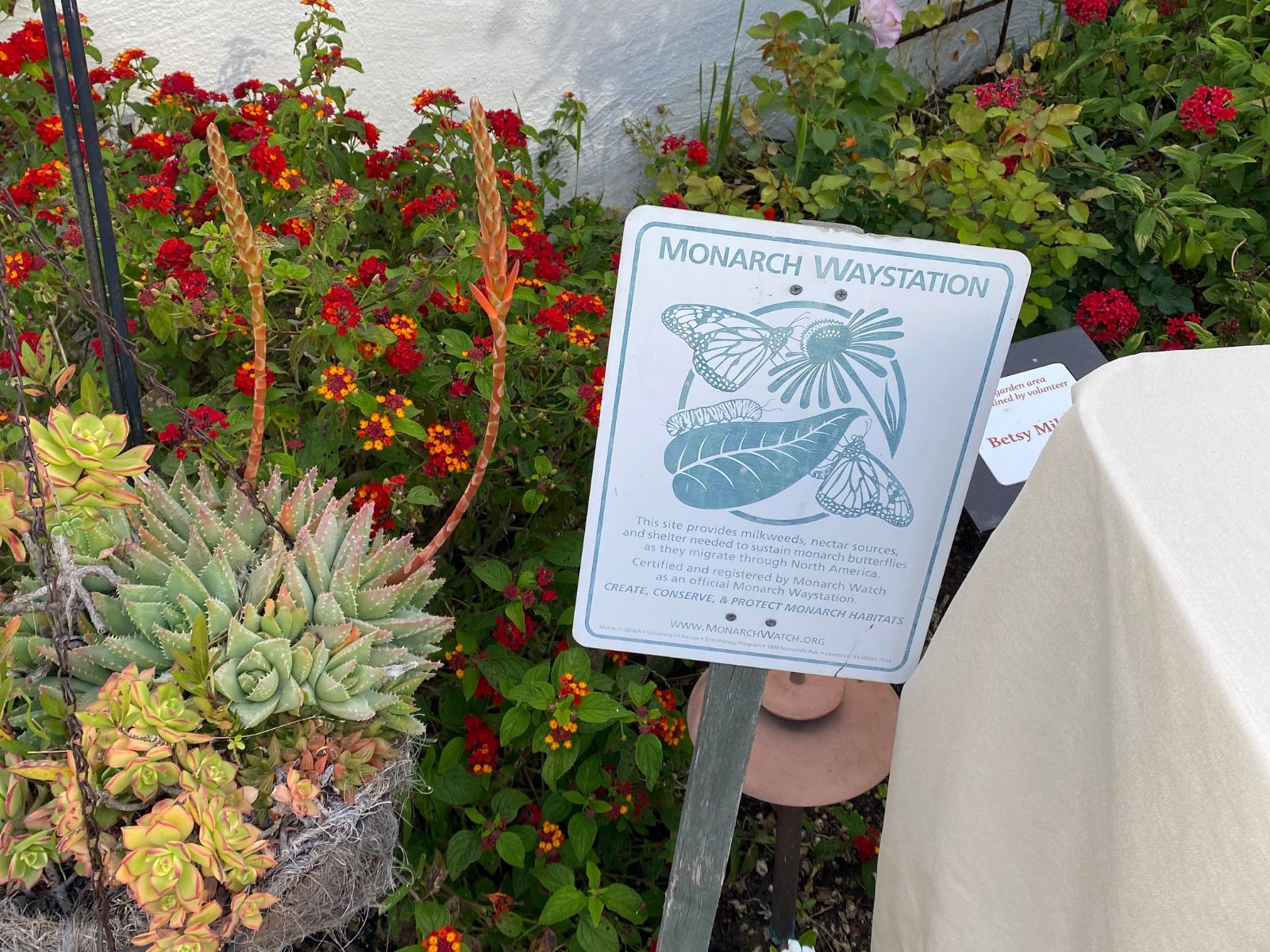How Fall Cleanup Can Help Next Year's Monarch Waystation



In the fall, monarch butterfly migration is a journey from the U.S. and Canada to Mexico. In the spring, they return. A monarch waystation is an area of plants suitable for a monarch butterfly to use as a stopover during these long migrations. It is a habitat that supplies butterflies with fuel for the long journey as well as plants they use to reproduce and create the next generation of monarchs.
A variety of plants in a waystation can provide the necessary food for traveling monarchs, while milkweed is essential for laying eggs. In this video, you’ll learn how your regular garden fall cleanup can help prepare a waystation for the next wave of monarchs.
How Fall Leaves Become Black Gold
Fall cleanup in most yards and gardens includes raking and doing something with all the fallen leaves. This can be a dreaded chore for some, but if you know how to use this yard waste, there is no need to spend hours bagging it.
Letting leaves sit and decompose all winter will produce an earthy, nutrient-rich mulch that gardeners in the know like to call black gold, or less poetically, leaf mold. It’s full of all the nutrients the trees took up into their leaves throughout the growing season as well as earthworms that are continuing to break down the organic material to access those riches.
Creating Black Gold During Fall Cleanup
To make this useful mulch, simply gather the leaves during your normal fall cleanup and leave them in a pile where they can stay until spring. If you have a wooded area on your property, you can collect and store the leaves there.
If you need to be a little tidier, create a bin for the leaves. Pallets make easy and cheap bin sides. You can likely find wooden pallets for free at a big box store. Set them up to create the four sides of a square bin and attach one with hinges to give you a door with easy access to the mulch once it’s ready.
You can store whole leaves to create mulch or chop them up before putting them in the bin for a quicker breakdown. Both methods work and will give you different degrees of decay, depending on how you like your mulch. Chop up leaves with a mulching mower or a leaf shredder. For smaller amounts of leaves, a trimmer will also work.
Sign up for the Gardening Know How newsletter today and receive a free copy of our e-book "How to Grow Delicious Tomatoes".
Once you have the leaves, either chopped or whole, in a pile or in a bin, cover them with a layer of cardboard. By spring, you’ll have a nutritious and useful mulch for your butterfly garden.
Using the Mulch in Spring
You can use the leaf mold as you would any mulch, covering the soil around plants to hold in moisture and add nutrients. Another way to use black gold is as the soil itself. Put a layer of cardboard down on the area of the new bed you’re creating. Cover it with 6 inches (15 cm.) of leaf mold and create your flower garden.
The migration of monarch butterflies is truly an epic journey. Anything you can do as a gardener to make that trip easier will help support the dwindling population of this precious species. For more information on providing habitat for monarchs and other butterflies, please consider enrolling in our Creating a Butterfly Garden course.

Heather Andrews is a published author, an astute photographer, and an avid expert gardener. She spends much of her time helping people create sustainable gardens as a way to attract wildlife, support pollinators and increase vegetable yield using native plants.